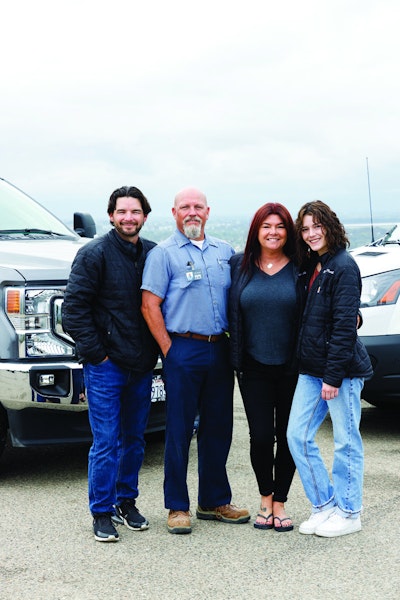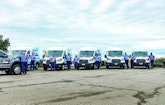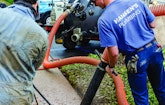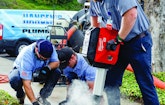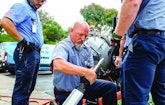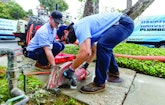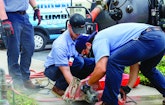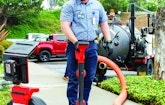
The Hansen’s Plumbing staff includes (front row, left to right) Josiah Cagan, Josh Rodesky, Meagan Kunis, Patti Hansen, Cary Hansen, Taylor Hansen, Damen Baldonado, Jose Sanchez, (back row, left to right) Shayne Cheeser, Nicholas Garside, Michael Davis, Avery Brooke and Jason Warfield.
There was a time when business at Hansen’s Plumbing was heavily weighted more toward plumbing and less toward drain cleaning — about a 60/40 split.
But the company — based in Ventura, California, about 70 miles northwest of downtown Los Angeles — has flipped the script in recent...
